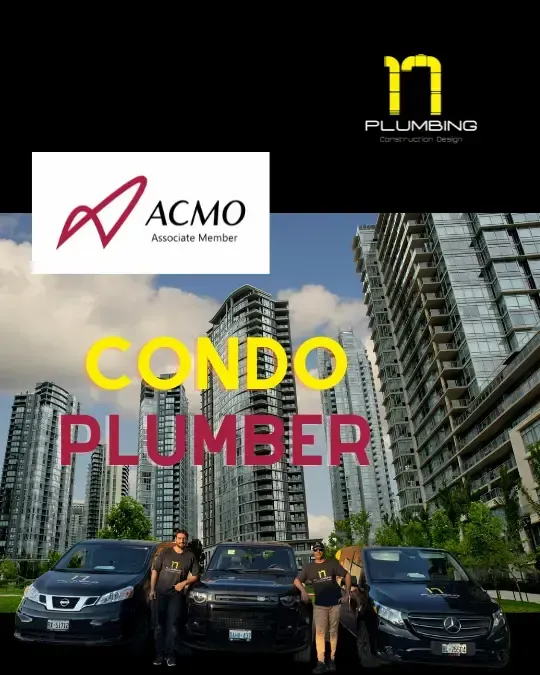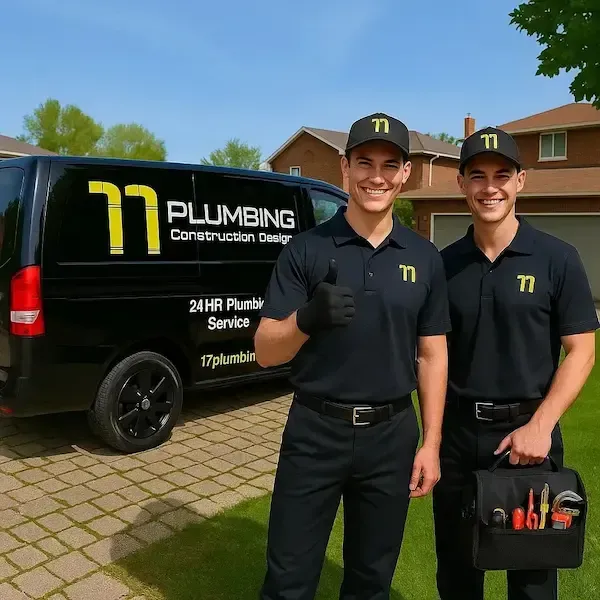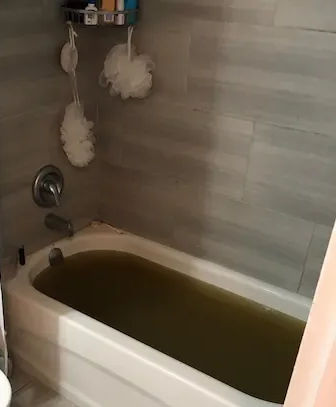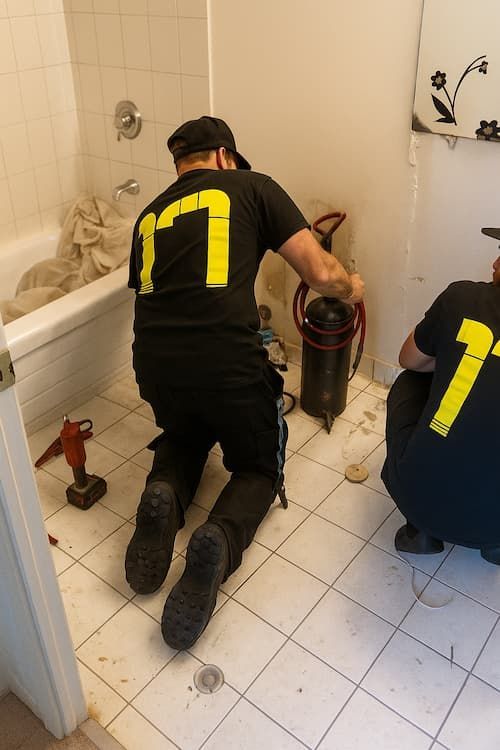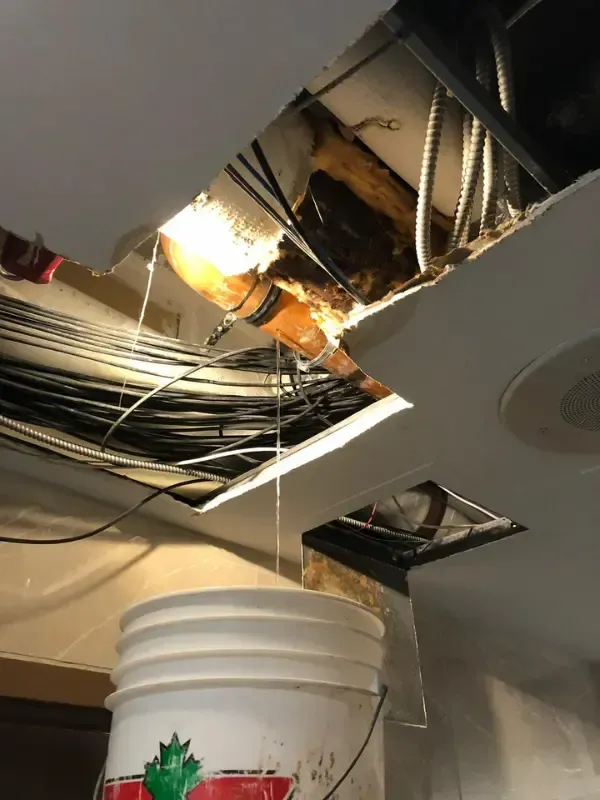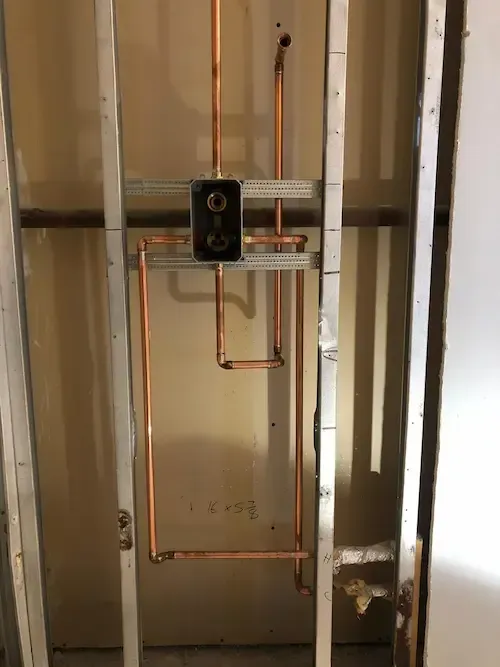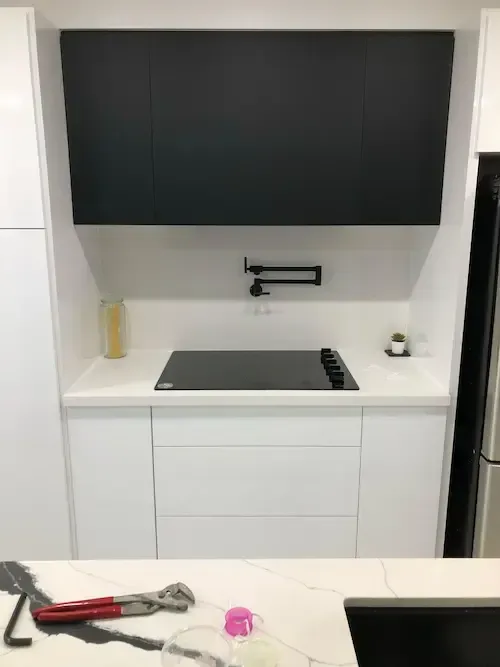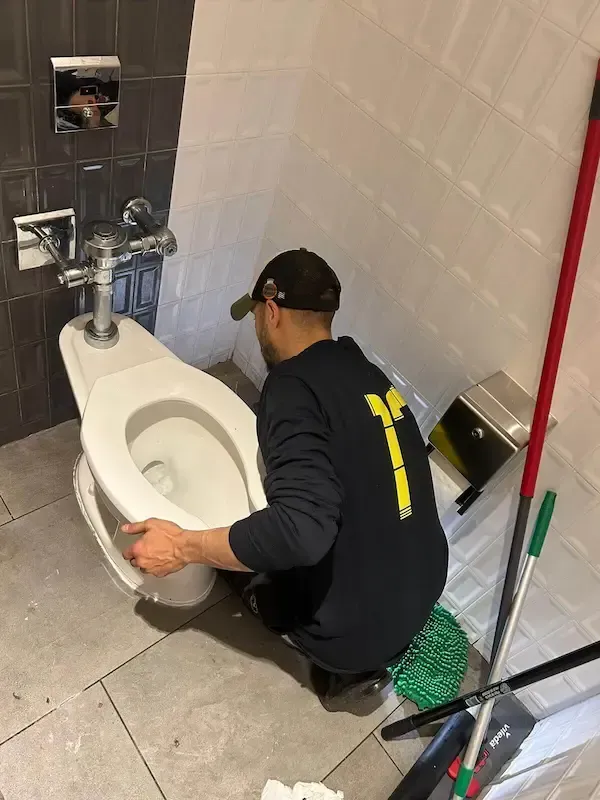What to Do When a Pipe Leaks in a Condominium Building: Step-by-Step Guide for Owners, Tenants & Managers
A leaking pipe inside a condominium building is more than just an inconvenience—it can become a costly emergency impacting multiple units, common areas, and the building’s overall structure. In high-rise or multi-unit buildings, water damage can spread quickly, causing significant property damage, insurance claims, and even tenant displacement if not addressed immediately.
Whether you're a unit owner, a tenant, or a property manager, knowing how to respond to a pipe leak can save you time, money, and stress. This guide outlines the essential steps to take, who is responsible for what, and how to ensure a professional and efficient repair. As licensed plumbing contractors serving Oakville and the Greater Toronto Area, we’ve helped countless clients handle emergency leaks in condominium buildings—and this article brings together the most important insights.
Immediate Steps to Take When You Discover a Leak
- Shut Off the Water Supply
- If the leak is within your unit, locate the individual shutoff valve (often under sinks, near toilets, or at the entry point of your plumbing system).
- If the leak involves a riser or shared supply line, contact the building’s superintendent or concierge immediately to coordinate a shutoff for the affected stack.
- Contain the Water
- Use towels, buckets, or a wet/dry vacuum to control pooling water.
- Move furniture and belongings away from the leak area.
- Lay plastic sheeting or garbage bags to protect flooring.
- Turn Off Power (If Needed)
- If water is leaking near electrical panels, light fixtures, or outlets, cut power at the breaker to avoid risk of electric shock.
- Notify Building Management
- Contact the property manager or on-site personnel. Most condominiums require you to report water damage for documentation and insurance purposes.
- Take Photos & Videos
- Capture the extent of the leak, where it’s coming from, and any damage caused.
- This documentation will support insurance claims and reports to the condo board.
Understanding Who Is Responsible
One of the most confusing aspects of a condo pipe leak is determining who is responsible for repairs. In Ontario, the Condominium Act and each building’s declaration and bylaws outline responsibilities.
- Unit Owner Responsibilities:
- Plumbing fixtures, supply lines, and drainage pipes that serve only your unit
- Any damage caused to your personal contents or upgrades
- Condo Corporation Responsibilities:
- Pipes within the walls that service multiple units (known as risers or stacks)
- Common elements such as mechanical rooms, drain stacks, or HVAC riser piping
- Gray Areas:
- In some cases, it’s unclear whether the leak originates from a common or exclusive-use element. A licensed plumber's inspection report is essential for determining liability.
- Why It Matters:
- The responsible party typically pays for the repair, unless otherwise outlined in the condo’s insurance policy.
- Property managers may require that only licensed and insured plumbers perform the repair—especially if it involves WSIB compliance or high-rise access.
Calling in the Right Help
Leaks in a condominium are different from residential house plumbing issues. They often require coordination with management, confined space access, and working within building rules.
- Hire a Licensed Plumber with Condo Experience
- Look for plumbing companies that regularly work with condominium buildings.
- Ensure the plumber has proper insurance and WSIB coverage.
- What to Expect During the Inspection
- The plumber will use moisture meters, borescopes, or camera inspection tools if needed.
- They’ll assess whether the leak is from a pinhole in copper pipe, a failed joint, or condensation from HVAC systems.
- Provide a Written Report
- Most property managers and boards will ask for a written plumber’s report including: source of leak, recommended repair, and cost breakdown.
- Emergency Services
- Time is critical. Choose a plumbing company that offers same-day or 24/7 service.
Types of Leaks Found in Condo Buildings
Understanding the common sources of leaks helps you know what to expect:
- Fan Coil Unit Leaks:
- Caused by clogged drain pans, rusted drip trays, or cracked condensate lines.
- Pinhole Leaks in Copper Pipes:
- Corrosion or poor water chemistry can lead to small but damaging leaks inside walls.
- Stack or Riser Pipe Failures:
- These vertical drain lines can leak into multiple units when damaged.
- Toilet & Kitchen Drain Leaks:
- A failed wax ring or clogged kitchen stack can back up into multiple units.
- HVAC Condensation Issues:
- Poor drainage or insulation failure can cause water to pool unnoticed.
The Repair Process: What It Involves
Once the leak is diagnosed, here’s how professional repair typically unfolds:
- Isolate the Water Supply
- Coordinate with the property manager to schedule a shutoff affecting minimal residents.
- Access the Leak Area
- Drywall may be cut to access pipes in walls or ceilings.
- In some fan coil setups, an access panel may need to be created or modified.
- Perform the Repair
- Replace the damaged section of pipe or fittings.
- Secure and insulate to prevent future movement or damage.
- Test the System
- Water pressure is restored and checked for any signs of leakage.
- Document Everything
- Provide a repair summary and photos for property managers, insurance, or board documentation.
- Restoration (If Needed)
- If drywall, flooring, or cabinetry was removed or damaged, restoration crews may be required.
- Mold remediation is essential if the leak persisted for more than 48 hours.
Preventing Future Leaks
Condo plumbing systems age just like any other infrastructure. Preventive maintenance can significantly reduce emergency calls.
- Annual Fan Coil Inspections
- Ensure drain lines are clear and trays aren’t rusted.
- Water Pressure Checks
- Excessive pressure can accelerate wear on joints and valves.
- Replace Old Valves & Washers
- Aging shutoffs and fixture connectors can silently fail over time.
- Install Smart Leak Sensors
- Devices like Flo by Moen or Honeywell Lyric can alert you to leaks even when you’re not home.
- Work with Plumbing Contractors on Preventive Plans
- Some buildings set up annual service agreements with plumbing companies for routine checks.
Working With Property Management
Your cooperation with building staff can affect how smoothly and quickly the issue is resolved.
- Be Transparent
- Notify management early, even if you suspect the leak is minor.
- Provide Proper Documentation
- Plumber's license, WSIB certificate, insurance coverage, and a full repair report are often required.
- Communicate Timelines
- Let management know when work is scheduled, especially if access to other units or common areas is needed.
- Understand the Board’s Process
- Some repairs (like opening common walls) require board approval—expect a short delay unless it’s an emergency.
- Maintain a Record
- Keep digital and hard copies of communication, reports, and photos in case of disputes.
Conclusion & Key Takeaways
When a pipe leaks in a condo building, time and teamwork are critical. As a unit owner or property manager, your response can prevent thousands of dollars in damages and maintain a safe living environment for all residents. Remember:
- Shut off the water and notify building management immediately
- Hire licensed, insured plumbers who are experienced in condos
- Document every step with photos and professional reports
- Cooperate with your condo board and know who is responsible
For 24/7 emergency plumbing, fan coil repairs, or leak detection in Oakville and the GTA, contact 17 Plumbing & Construction Design Ltd—your trusted high-rise plumbing experts.





